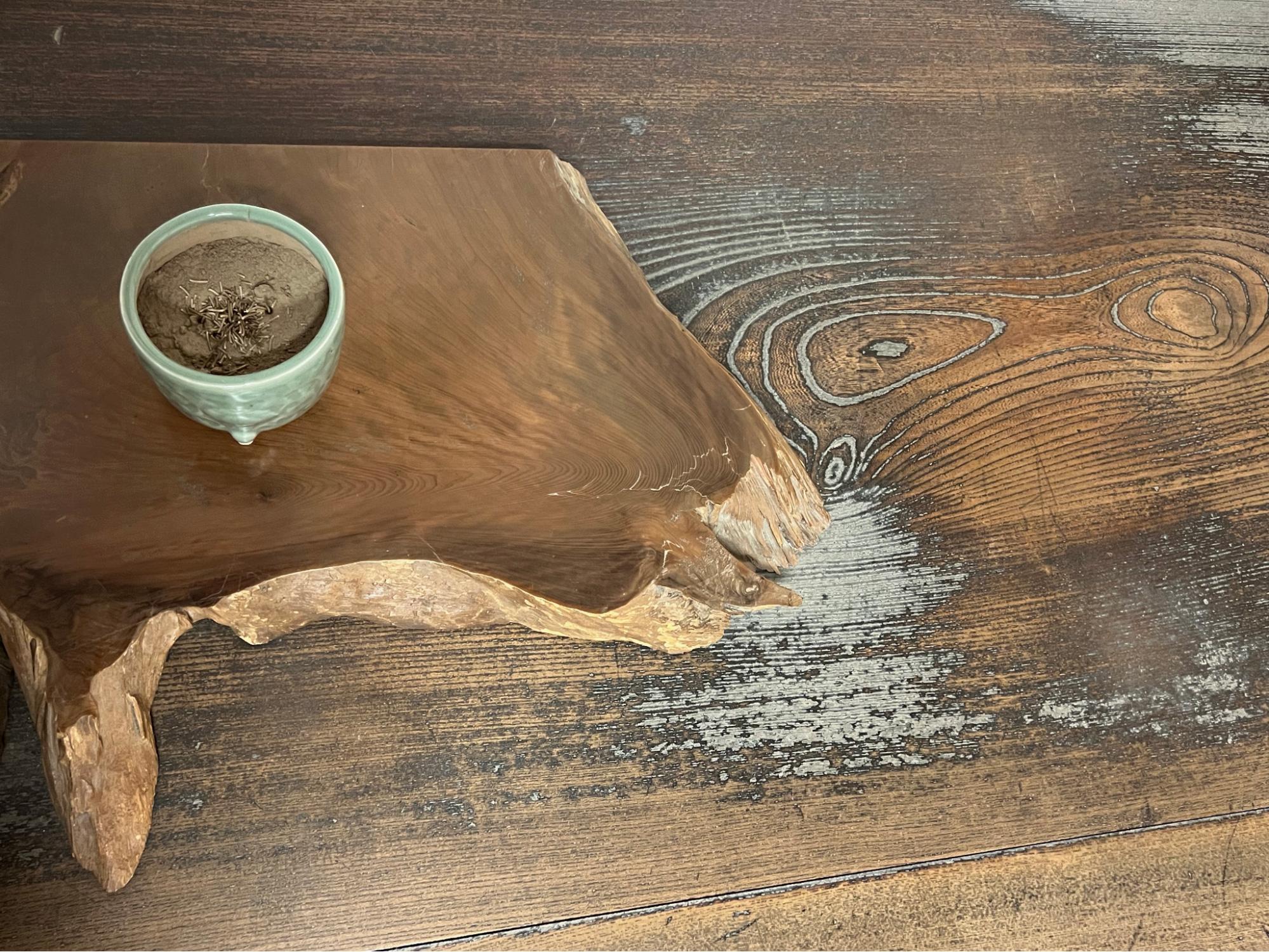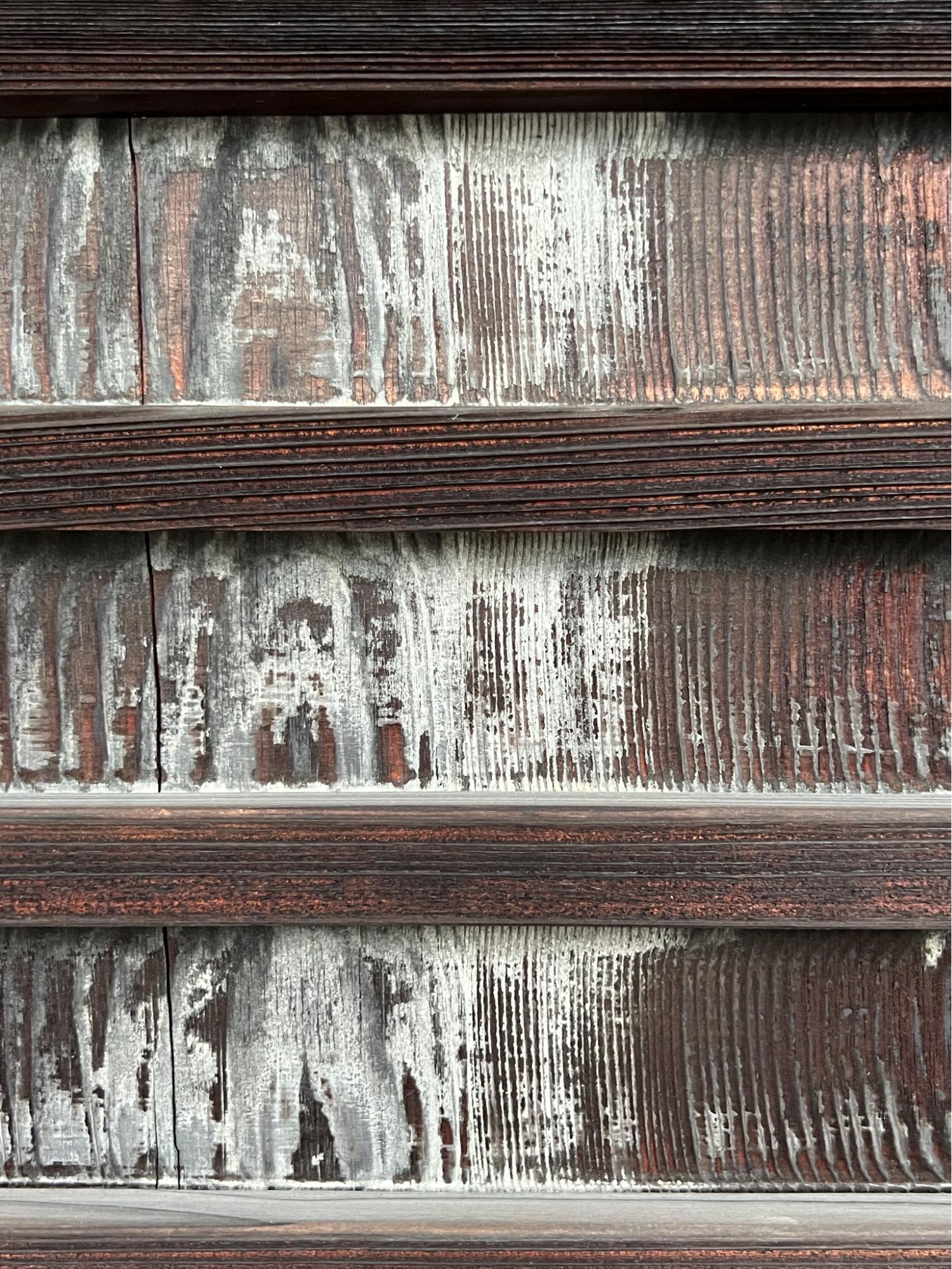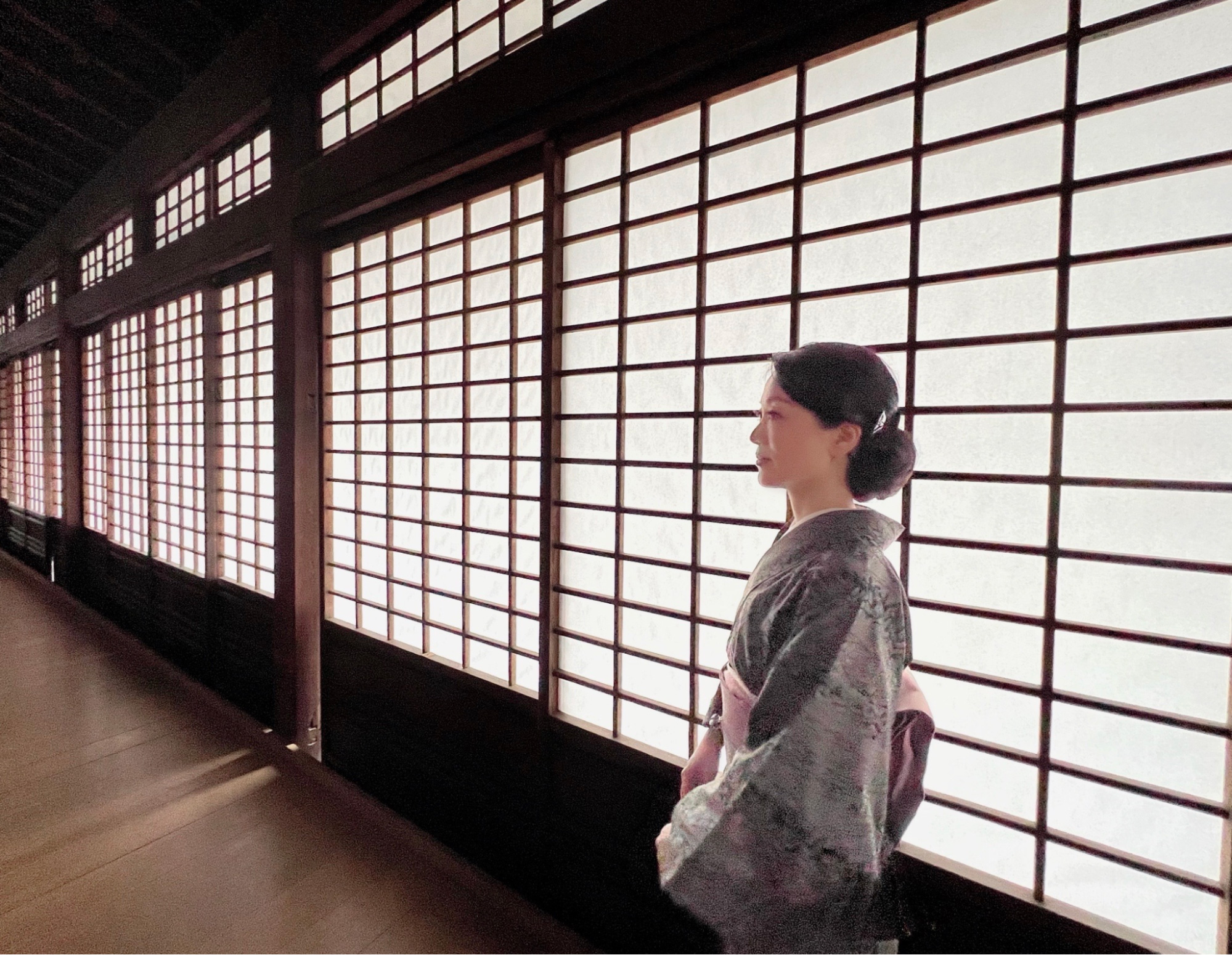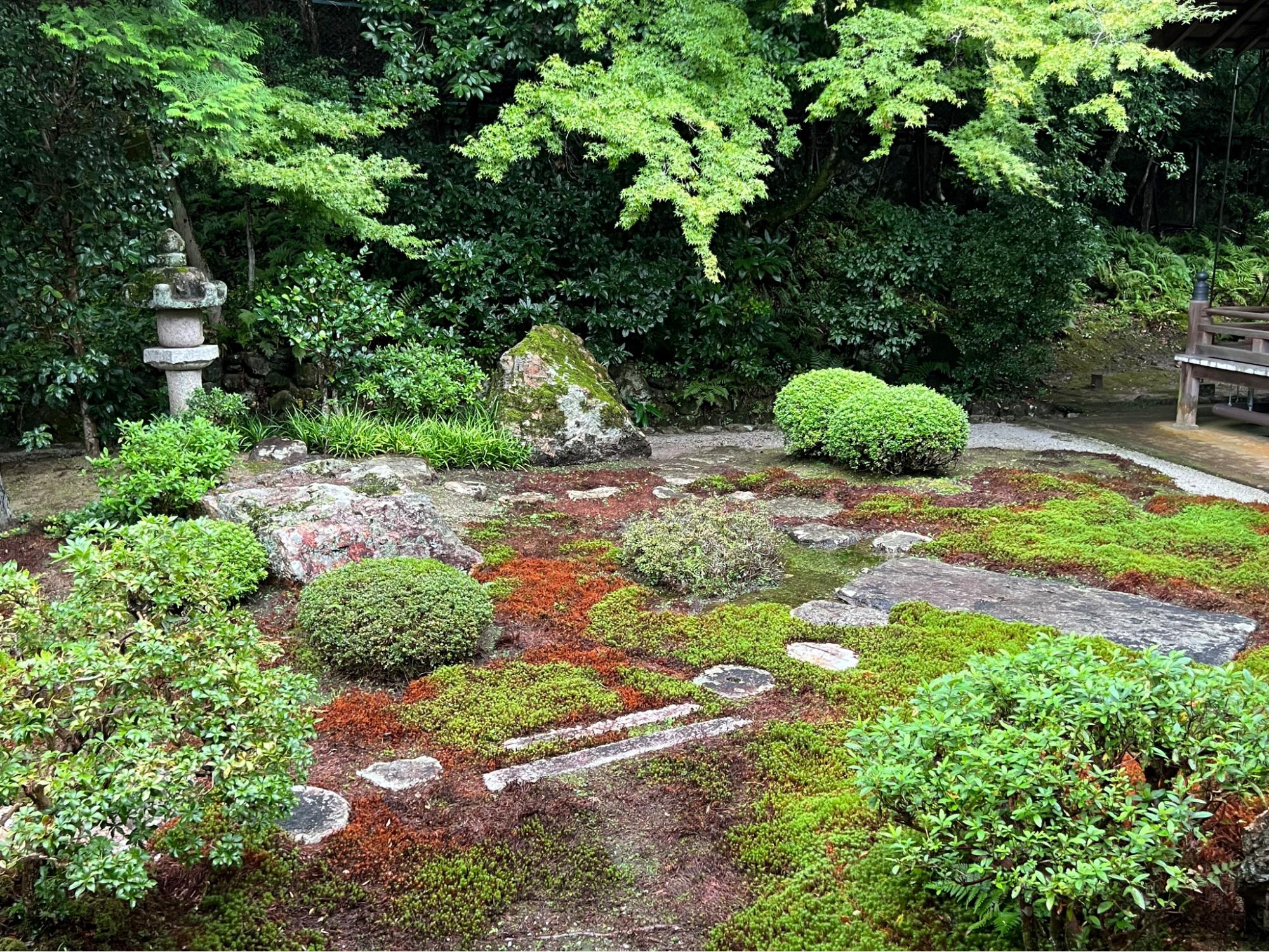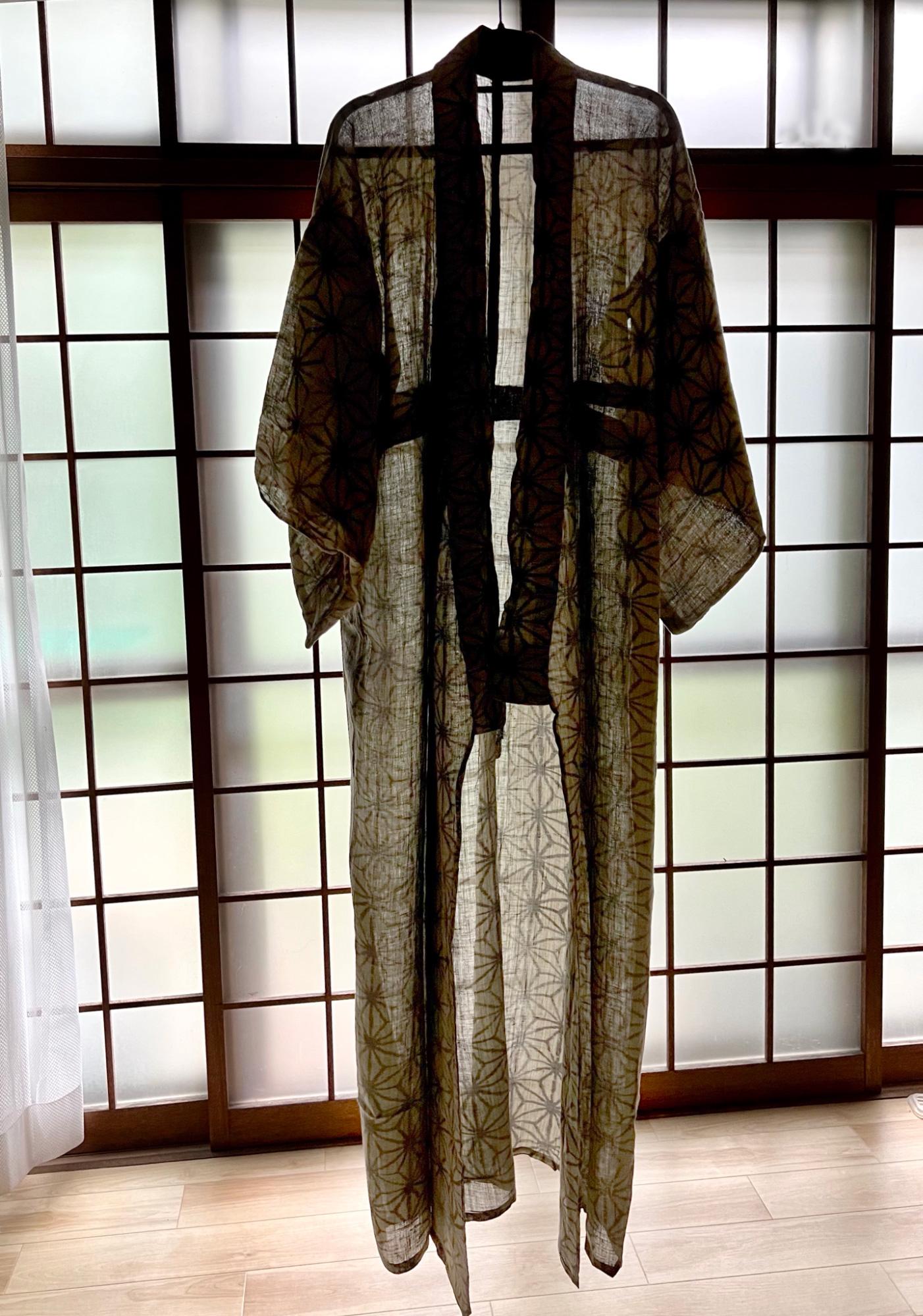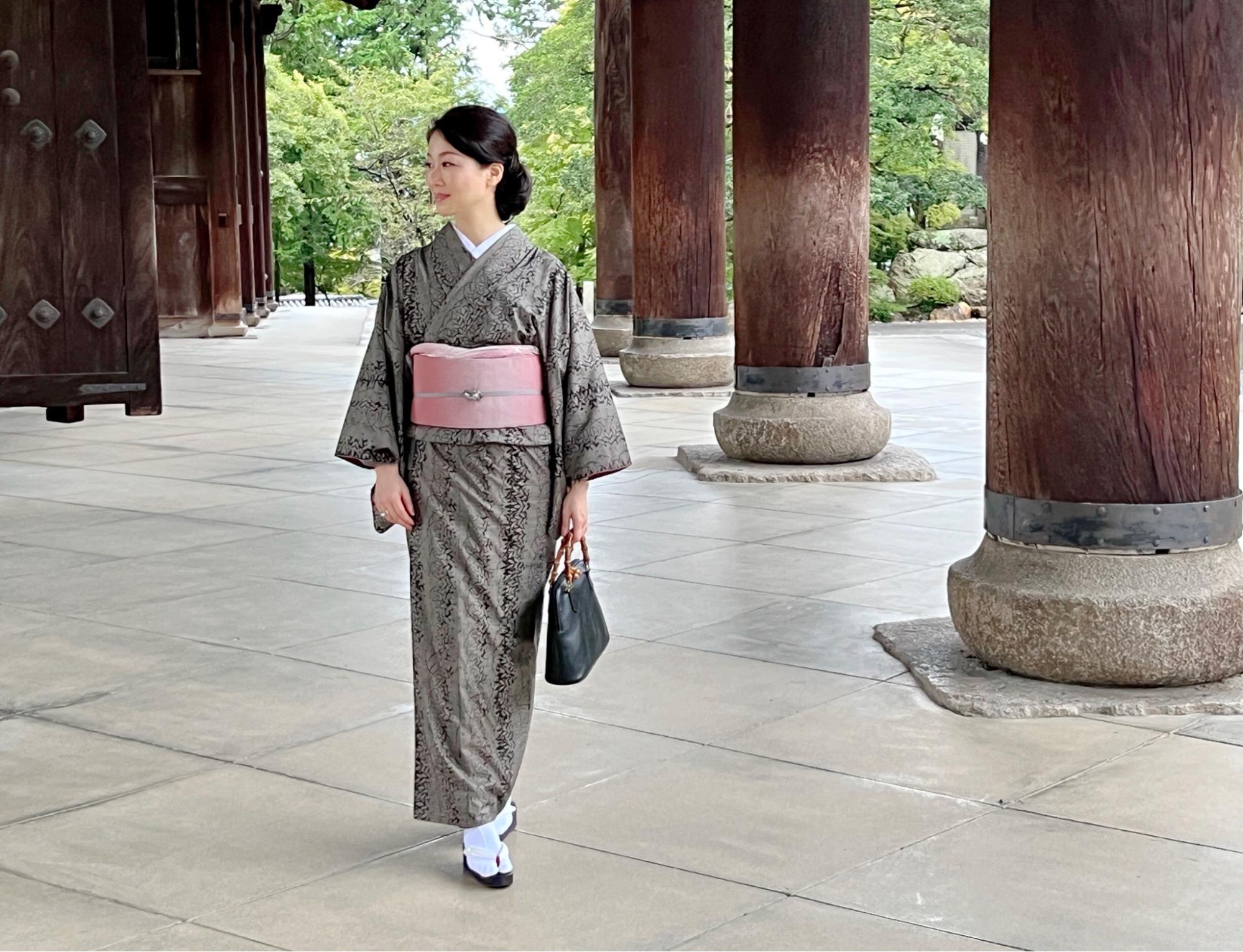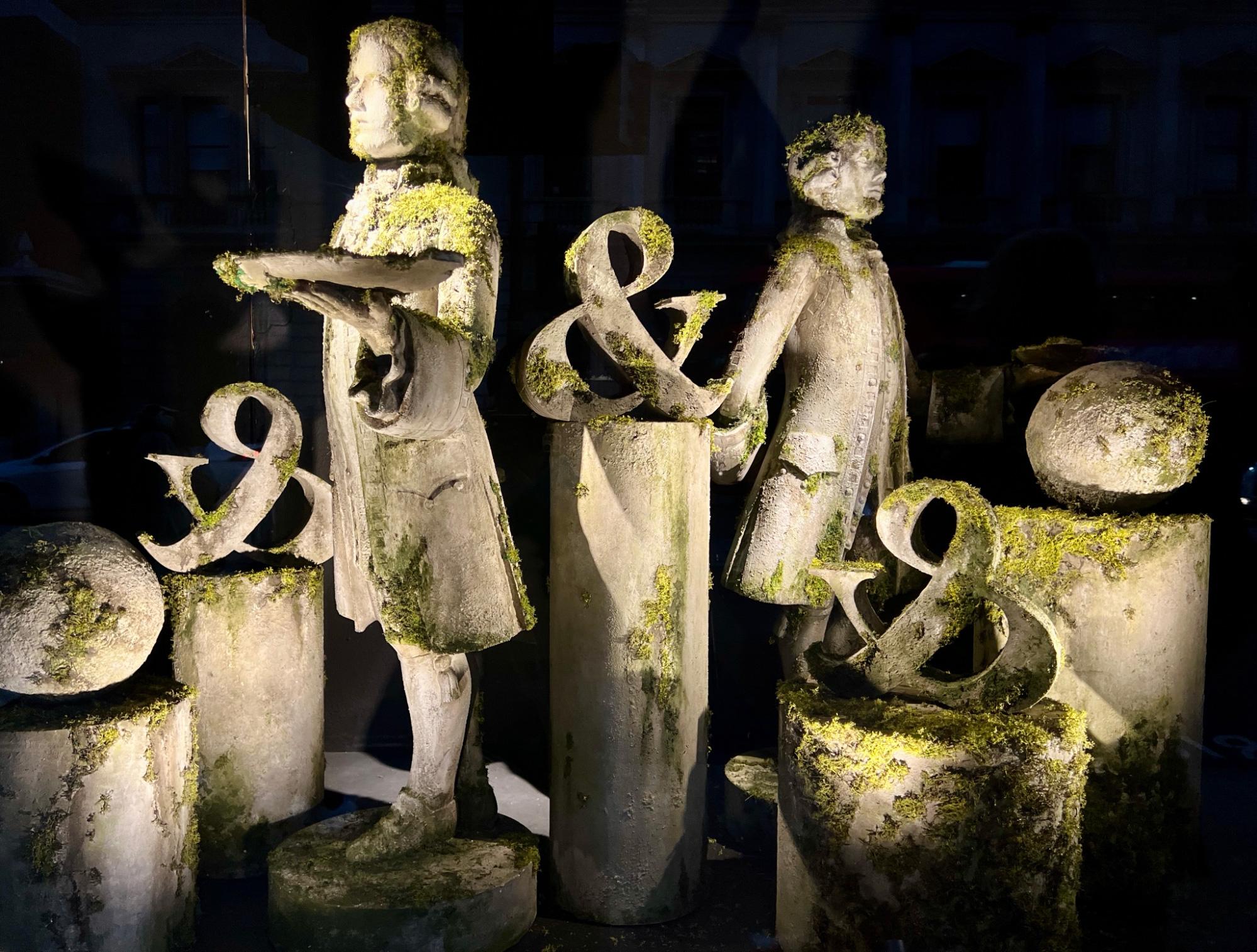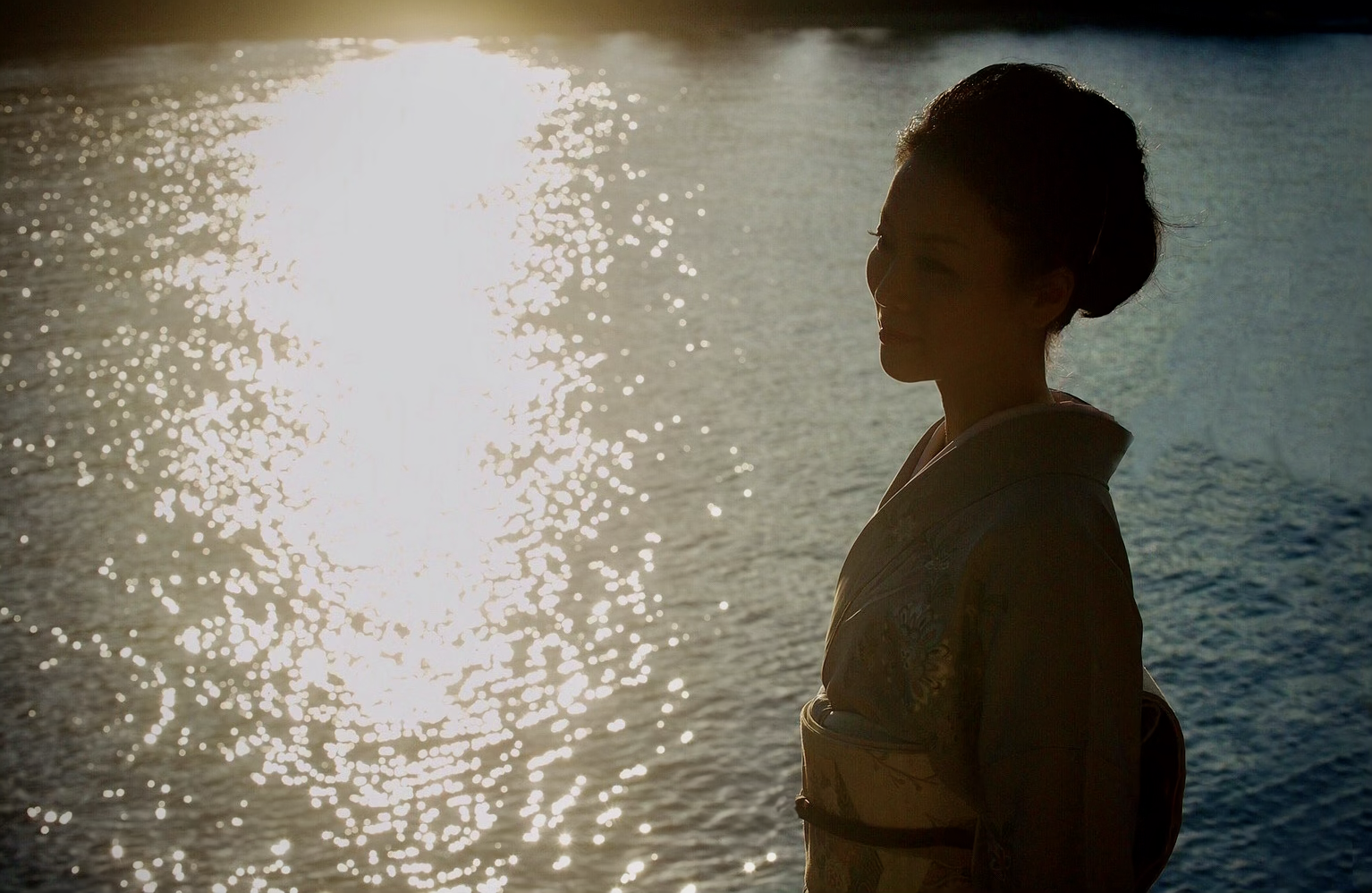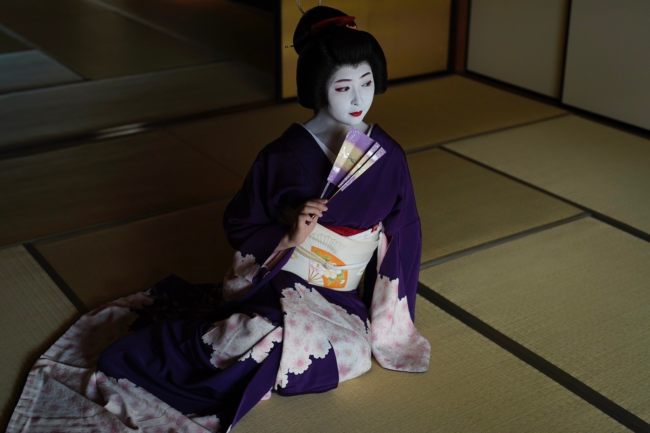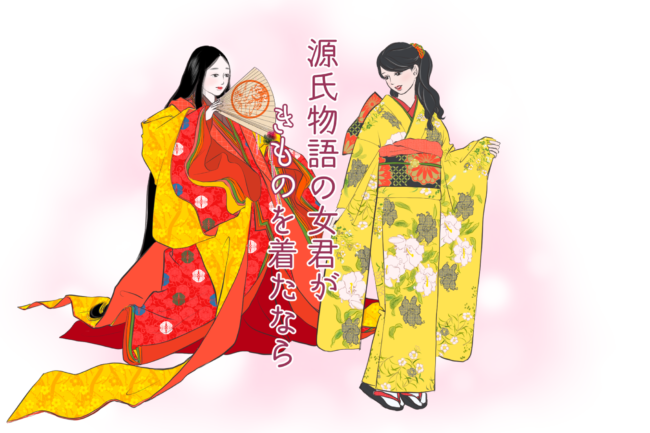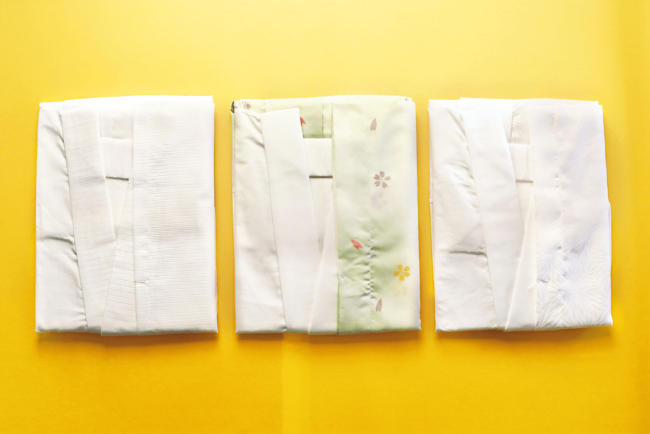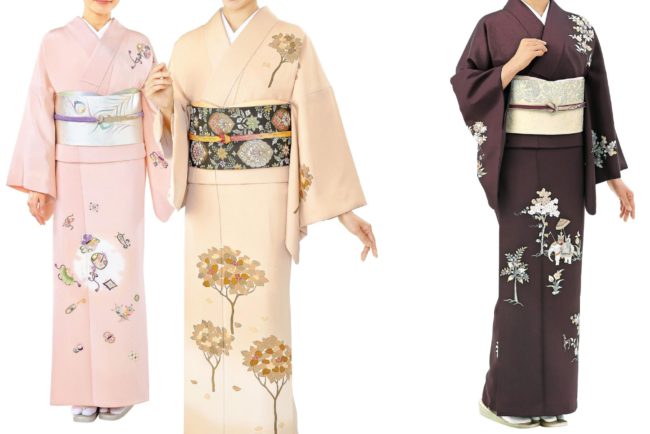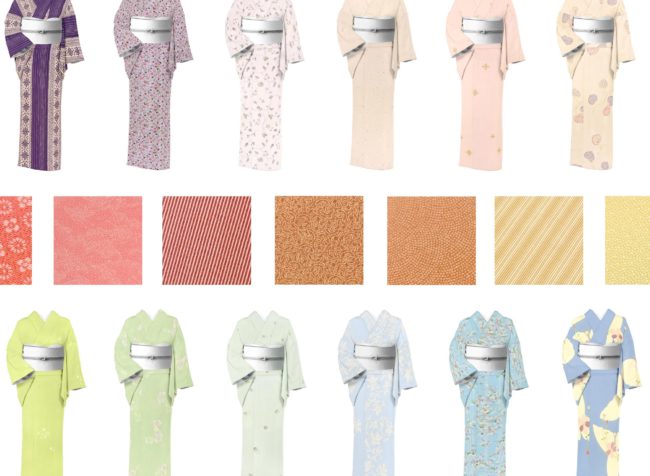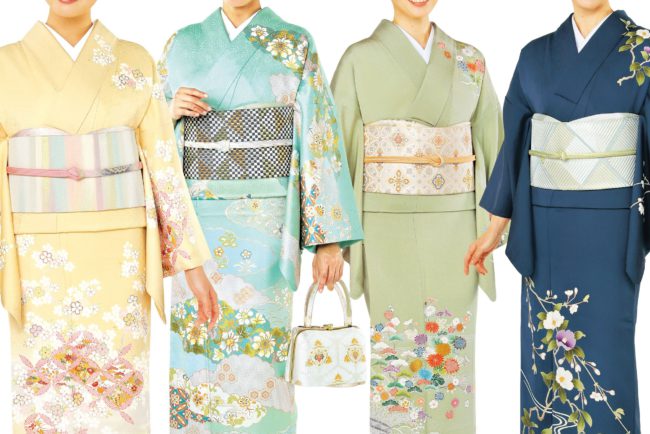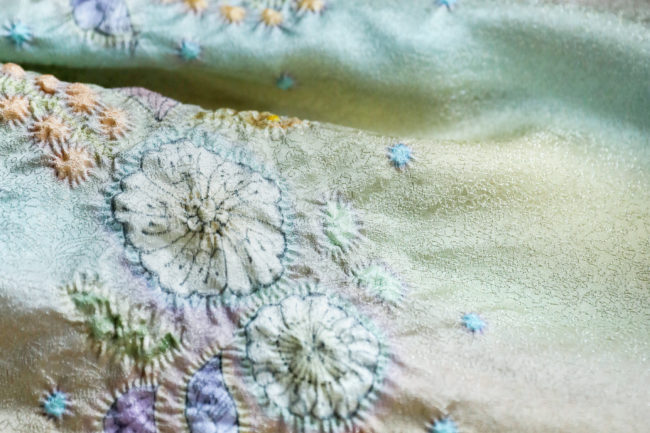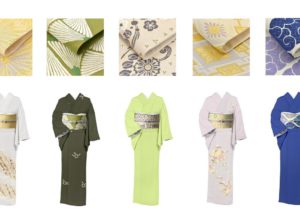
足るを知る心「Junko Sophieの秘伝京都」Vol.19 │ Junko Sophie’s Hidden Kyoto │潤子索菲的私密京都
京都のさまざまな美の発見と、日本文化の奥座敷への探求、京都で暮らす女性としての新しい視点を。 │ Kyoto's beauty and the new perspectives I have developed as a woman from living Kyoto. │ 此次我以居住在京都的女性視角,我將與大家分享我遊走京都時各種美的新發現。
目次
シェア
BACK NUMBERバックナンバー
-

2022.12.07
連載記事
ロンドンでの新しい楽しみ方 「Junko Sophieの秘伝ロンドン」Vol.20(最終回) │ Junko Sophie’s Hidden London │潤子索菲的私密倫敦
-

2022.11.09
連載記事
足るを知る心「Junko Sophieの秘伝京都」Vol.19 │ Junko Sophie’s Hidden Kyoto │潤子索菲的私密京都
-

2022.10.18
連載記事
インドの神々への献茶 「Junko Sophieの秘伝インディア」Vol.18 │ Junko Sophie’s Hidden India │潤子索菲的私密印度
-

2022.09.08
連載記事
”静”と”動”の彩り「Junko Sophieの秘伝インディア」Vol.17 │ Junko Sophie’s Hidden India │「潤子索菲的私密印度」
-

2022.08.15
連載記事
京都とインドが溶け込んで 「Junko Sophieの秘伝インディア」Vol.16 │ Junko Sophie’s Hidden India │「潤子索菲的私密印度」│ L’Indie Secret de Junko Sophie
-

2022.08.04
連載記事
インドの結婚式で京都文化サロンを(後編) 「Junko Sophieの秘伝インディア」Vol.15 │ Junko Sophie’s Hidden India │「潤子索菲的私密印度」│ L’Indie Secret de Junko Sophie
-

2022.08.04
連載記事
京友禅サリーで、夢のようなインドの結婚式へ(前編)「Junko Sophieの秘伝インディア」vol.14 │ Junko Sophie’s Hidden Inidia │「潤子索菲的私密印度」│ L’lnde Secret de Junko Sophie
-

2022.08.04
連載記事
文化として開花した”CHA” 「Junko Sophieの秘伝京都」vol.13 │ “Junko Sophie’s Hidden Kyoto” │ 「潤子索菲的私密京都」│ Le Kyoto Secret de Junko Sophie
-

2022.08.04
連載記事
もてなし、もてなされの”妙”「Junko Sophieの秘伝京都」vol.12 │ Junko Sophie’s Hidden Kyoto │「潤子索菲的私密京都」│ Le Kyoto Secret de Junko Sophie
-

2023.04.04
連載記事
桜の秘めごとと”もののあはれ”「Junko Sophieの秘伝京都」vol.11 │ Junko Sophie’s Hidden Kyoto │「潤子索菲的私密京都」│ Le Kyoto Secret de Junko Sophie
-

2022.09.09
連載記事
“異国美”の都「Junko Sophieの秘伝京都」vol.10 │“Junko Sophie’s Hidden Kyoto” │「潤子索菲的私密京都」│ Le Kyoto Secret de Junko Sophie
-

2022.01.08
連載記事
福来たる初春と、和歌の極意「Junko Sophieの秘伝京都」vol.9 │ Junko Sophie’s Hidden Kyoto │ 潤子索菲的私密京都 │ Le Kyoto Secret de Junko Sophie
-

2021.12.10
連載記事
魯山人と”間”の文化 「Junko Sophieの秘伝京都」vol.8|Junko Sophie’s Hidden Kyoto | 潤子索菲的私密京都 │ Le Kyoto Secret de Junko Sophie
-

2021.11.30
連載記事
インドでよみがえる、京都の美の秘密 「Junko Sophieの秘伝京都」番外編 l Junko Sophie’s Hidden Kyoto
-

2021.11.29
連載記事
“小さきもの、数少なしは心深し”の秋 「Junko Sophieの秘伝京都」vol.7 │ Junko Sophie’s Hidden Kyoto │ 潤子索菲的私密京都 │ Le Kyoto Secret de Junko Sophie
-

2021.11.09
連載記事
古都の香りをまとう暮らし「Junko Sophieの秘伝京都」vol.6 │ Junko Sophie’s Hidden Kyoto │ 潤子索菲的私密京都 │ Le Kyoto Secret de Junko Sophie
-

2021.09.21
連載記事
月夜とやつしの美 「Junko Sophieの秘伝京都」vol.5 │ “Junko Sophie’s Hidden Kyoto” │ 「潤子索菲的私密京都」
-

2021.10.27
連載記事
涼をとるしかけ 「Junko Sophieの秘伝京都」vol.4 │ “Junko Sophie’s Hidden Kyoto” │ 「潤子索菲的私密京都」
-

2021.08.05
連載記事
“ハレとケ”のメリハリ 「Junko Sophieの秘伝京都」vol.3 │ “Junko Sophie’s Hidden Kyoto” │ 「潤子索菲的私密京都」
-

2021.08.05
連載記事
美と文化の泉がひそむ 「Junko Sophieの秘伝京都」vol.2 │ “Junko Sophie’s Hidden Kyoto” │ 「潤子索菲的私密京都」
-

2021.08.05
連載記事
京都の魔法に導かれて「Junko Sophieの秘伝京都」vol.1 │ “Junko Sophie’s Hidden Kyoto” │ 「索菲潤子的私密京都」
LATEST最新記事
RANKINGランキング
-

まなぶ
半衿(はんえり)とは?着物との組み合わせ方・選び方や縫い付け方法まで解説
-

まなぶ
名古屋帯とは?袋帯との違いと種類ごとの使い分け・最適な仕立て方まで解説
-

まなぶ
肌襦袢(はだじゅばん)とは?長襦袢との違いは何?
-

まなぶ
着物の種類と、初めての着物を「付け下げ」にするべき5つの理由
-

まなぶ
留袖とは?結婚式などフォーマルな場での黒留袖の着用マナーと柄の選び方
-

まなぶ
小紋・江戸小紋とは?柄の種類や選び方【着物の種類 基本中のき!カジュアル編②】
-

まなぶ
着物の下着は何を着ればいい?おすすめのブラ・ショーツ・下着を紹介!
-

まなぶ
「訪問着」を徹底攻略!~6つのお悩み実例・解決いたします〜
-

まなぶ
辻が花とは?幻と称される染め物の特徴をご紹介
-

まなぶ
袋帯の多様な種類 丸帯・袋帯・洒落袋帯 シーンや着物に合わせたコーディネート解説





